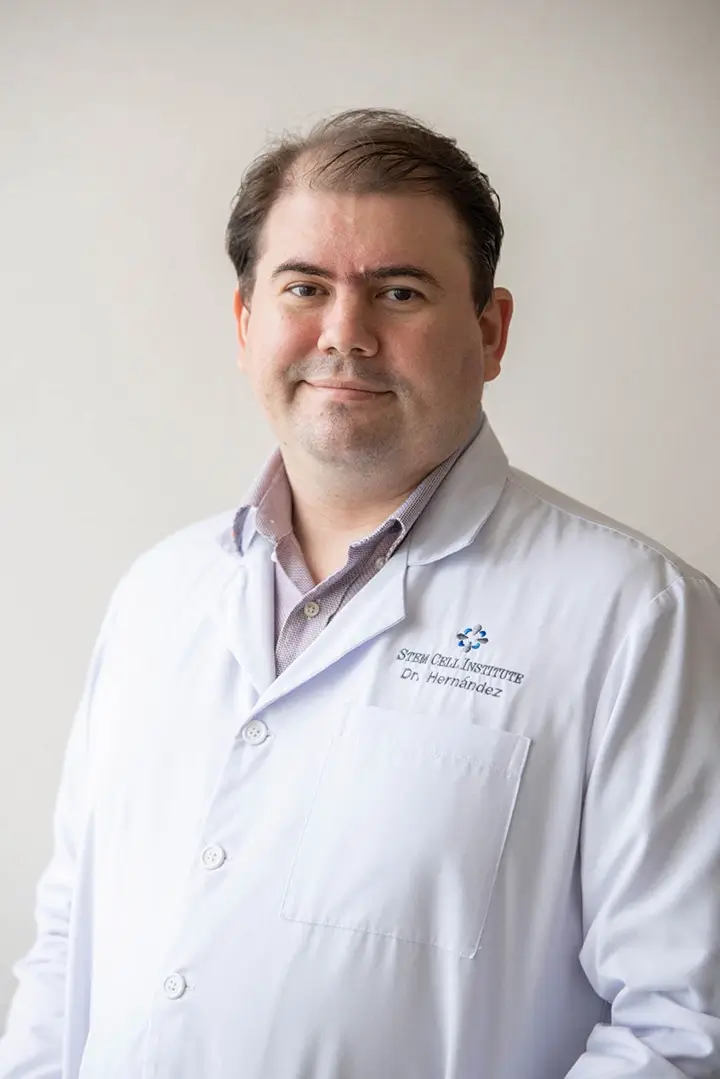Jin et al. Spine (Phila Pa 1976).
Clinical trials of stem cells for treatment of spinal cord injury are currently being conducted in the United States and abroad. For example, the Covington Louisiana company TCA Cellular Therapy LLC is recruiting 10 patients with spinal cord injury to receive intrathecal infusion (lumbar puncture) of autologous, ex vivo expanded bone marrow-derived mesenchymal stem cells. Completed clinical trials have demonstrated some rationale that stem cells may be useful. For example, Kumar et al. (Autologous bone marrow derived mononuclear cell therapy for spinal cord injury: A phase I/II clinical safety and primary efficacy data. Exp Clin Transplant. 2009 Dec;7(4):241-8) reported on 297 spinal cord injury patients that were treated with their own bone marrow cells injected intrathecal. 33% of the patients reported an objective improvement.
As with other clinical trials of stem cell therapy, it appears that in the area of spinal cord injury there still remains room for improvement. We at Cellmedicine have reported a stunning improvement in a spinal cord injury patient by using a combination of CD34 and mesenchymal stem cells, which was recently published http://www.intarchmed.com/content/pdf/1755-7682-3-30.pdf. Unfortunately this was only one patient and more studies are required.
In an attempt to improve efficacy of stem cell therapy for spinal cord injury, a group from the Department of Neurosurgery, Spine and Spinal Cord Institute, at the Yonsei University College of Medicine, Seoul, Republic of Korea, has created an artificial method of increasing growth factor production from stem cells of the nervous system called neural progenitor cells. Previous studies have shown that neural progenitor cells are capable of treating several models of spinal cord injury, however their effects appear to be transient. Vascular endothelial growth factor (VEGF) is a protein that increases blood vessel production in tissues and has been previously demonstrated to stimulate integration of nervous system cells after spinal cord injury. Since increasing VEGF production could hypothetically increase efficacy of neural stem cells, a series of experiments were performed in order to generate modified neural stem cells which have enhanced VEGF production.
It is known that insertion of a gene into a cell can cause the cell to produce the protein made by the gene. So theoretically all the researchers had to do is to transfect (insert) the VEGF gene into the neural stem cells and the neural stem cells would be more effective. The problem with this is that too much VEGF can have negative effects. A more attractive approach would be to program the progenitor cells in such a manner so that they produce VEGF only when it is necessary. During spinal cord injury, the area of damage is associated with reduced oxygen, a condition called hypoxia. Ideally one would want to engineer the stem cells in a manner so that they produce VEGF only during times of hypoxia. One way of doing this is to control the expression the gene by using an inducible promoter.
Promoters are pieces of DNA that control expression of genes that are in front of them. Some promoters always turn on gene expression (these are called constitutive promoters), others turn on expression only under specific conditions (these are called inducible promoters. The promoter that turns on erythropoietin is an inducible promoter. Erythropoietin is made by the kidney and stimulates production of red blood cells. Its expression is turned on under conditions of lack of oxygen. This is why people who live in high altitudes have higher expression of erythropoietin. The scientists in the current publication developed a genetically engineered neural stem cell that contains the VEGF gene under control of the erythropoietin promoter. What this means is that the cells will be producing VEGF only under conditions of hypoxia. In order to selectively detect the areas of hypoxia, the scientists also developed stem cells that have the luciferase gene in front of the erythropoietin promoter. Luciferase is a protein that generates light and allows for easy detection in vitro and in vivo of the hypoxic cells.
The scientists found that the stem cells administered during hypoxia generated significantly higher concentrations of VEGF, which was associated with the promoter being turned on, as assessed by luciferase expression. Furthermore, rats receiving the VEGF expressing stem cells possessed a significantly lower amount of nerve damage and higher ability to recuperate after spinal cord injury.
These data suggest that it is feasible to combine inducible promoters with stem cells in order to augment various activities of the stem cells. This concept could be applied to numerous settings. For example, mesenchymal stem cells are known to selectively migrate to areas of inflammation. In the setting of cancer, mesenchymal stem cells could be transfected with genes that are encoding toxic substances. This way chemotherapy could be targeted only to cancer cells and therefore have a better safety profile.
Gene therapy has failed to a large extent because of lack of ability to control where the genes are administered. It may be possible that advancements in stem cell technologies will allow for a rebirth of gene therapy in that the stem cells may be used to deliver genes only to the tissues where they are needed.

